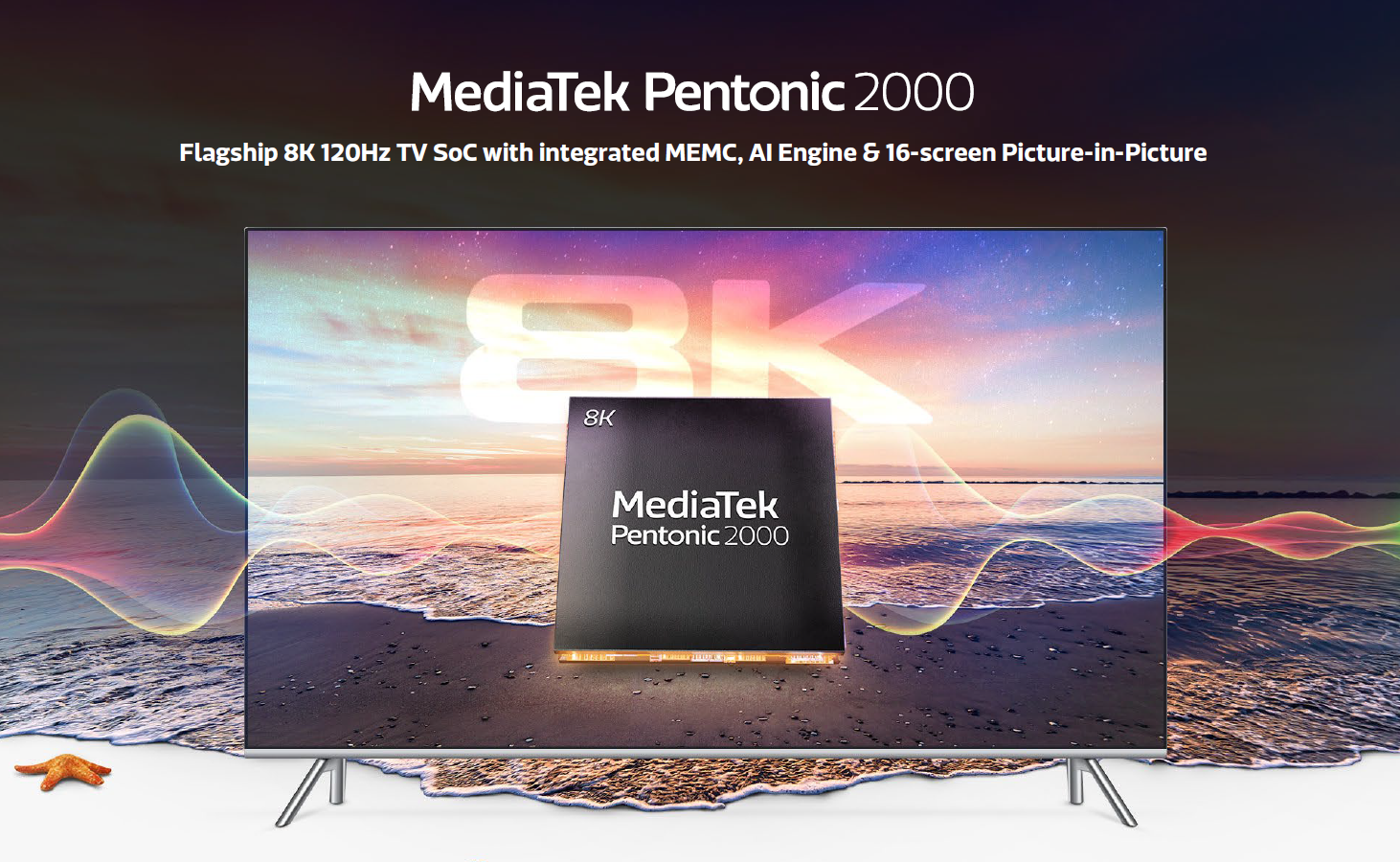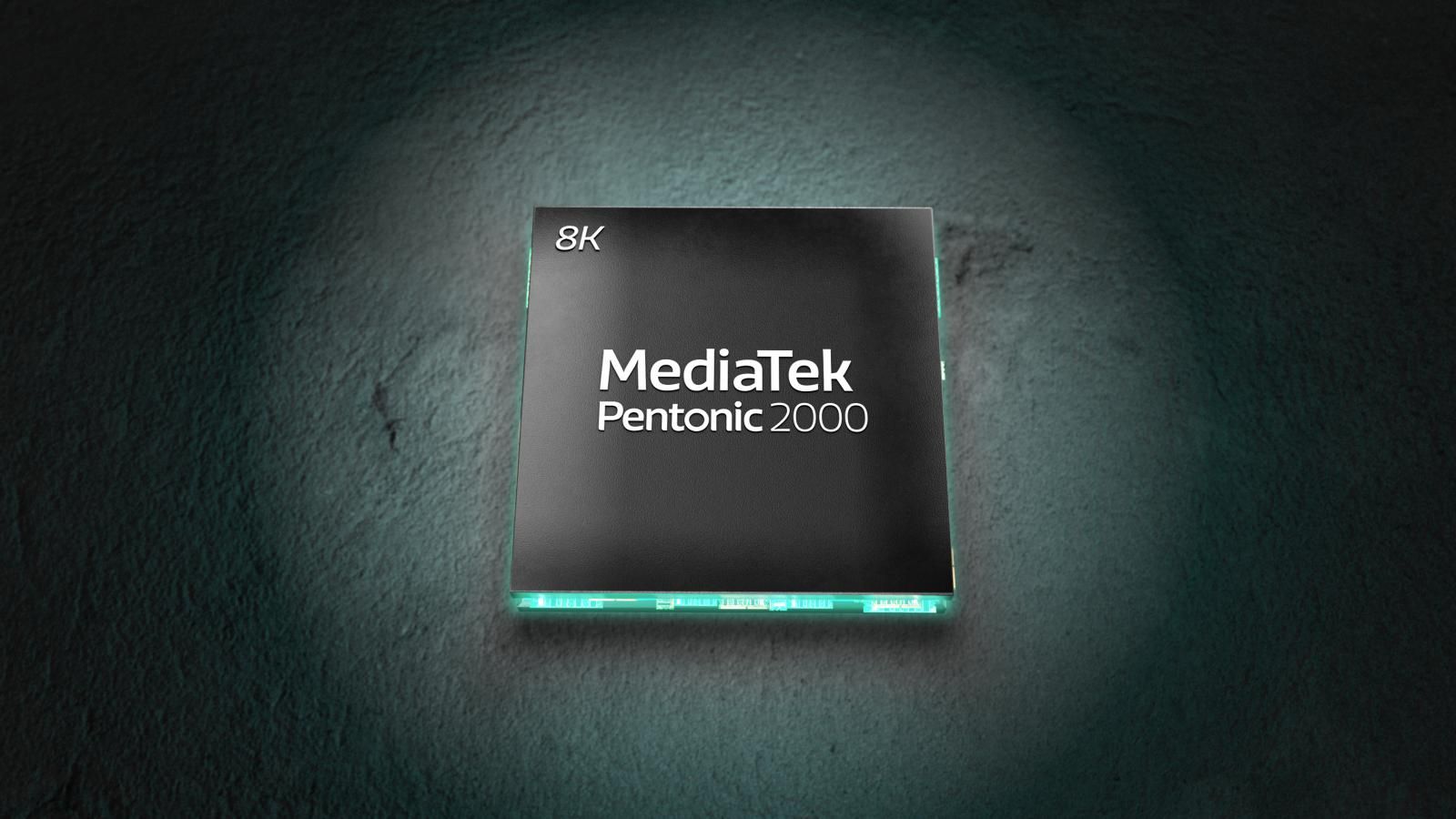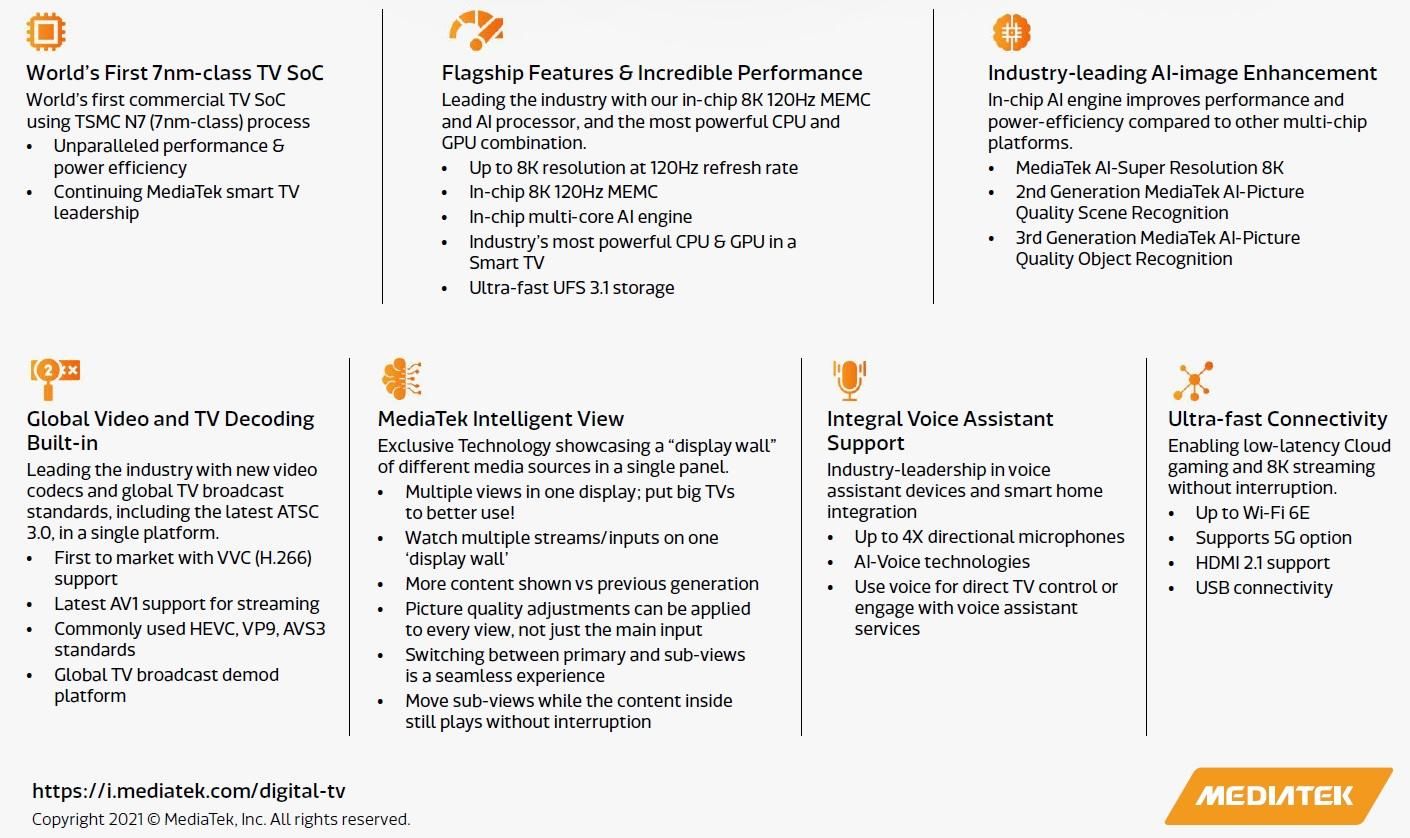MediaTek keeps on announcing interesting products after the launch of its latest Dimensity 9000 5G processor created with 4nm architecture. The latest to join the show are the new LPDDR5X memory for the Dimensity 9000 5G, the MediaTek Pentonic 2000 chip that is part of the new Pentonic Smart TV family.
Yesterday was an excellent day for MediaTek, as the company announced a new Dimensity 9000 5G processor for flagship devices. This new chipset comes with tons of new features, but it also needs great memory to go with it. That’s why MediaTek has validated Micron’s low-power double data rate 5X DRAM to work with its new processor. This makes Micron the first semiconductor company to ” sample and validate this fastest, most advanced mobile memory in the industry and has shipped the first batch of samples of LPDDR5X built on its first-to-market 1α (1-alpha) node.”
“Micron has validated samples supporting data rates up to 7.5 Gb/s, with samples supporting data rates up to 8.533 Gb/s to follow. Peak LPDDR5X speeds of 8.533 Gb/s deliver up to 33% faster performance1 than previous-generation LPDDR5.”
Source: Pentonic 2000
MediaTek has also announced the new Pentonic Smart TV family which includes the company’s Pentonic 2000 chip for Flagship 8K 120Hz TVs.
“The MediaTek Pentonic smart TV series is built on MediaTek’s innovative technologies in display, audio, AI, broadcasting and connectivity. Today MediaTek powers more than two billion TVs in the global market.””Inside the chip is the TV industry’s fastest CPU and GPU, which is fueled by an ultra-wide memory bus and ultra-fast UFS 3.1 storage. MediaTek Wi-Fi 6E or even 5G cellular modems can be used by device makers to provide the fastest wireless internet connectivity for 8K streaming media, or up to multiple streamed sources displayed at once.”
Source: MediaTek
This new TV chip series packs the Pentonic 2000, the first commercial TV chip produced using a 7nm process, which will help it deliver amazing performance and power efficiency. Plus, images will look even better, as they will provide support for 8K 120Hz displays, which can go up to 144Hz when combined with gaming PC hardware. However, we will have to wait until 2022 to see them in action in next-generation flagship 8K TVs.



